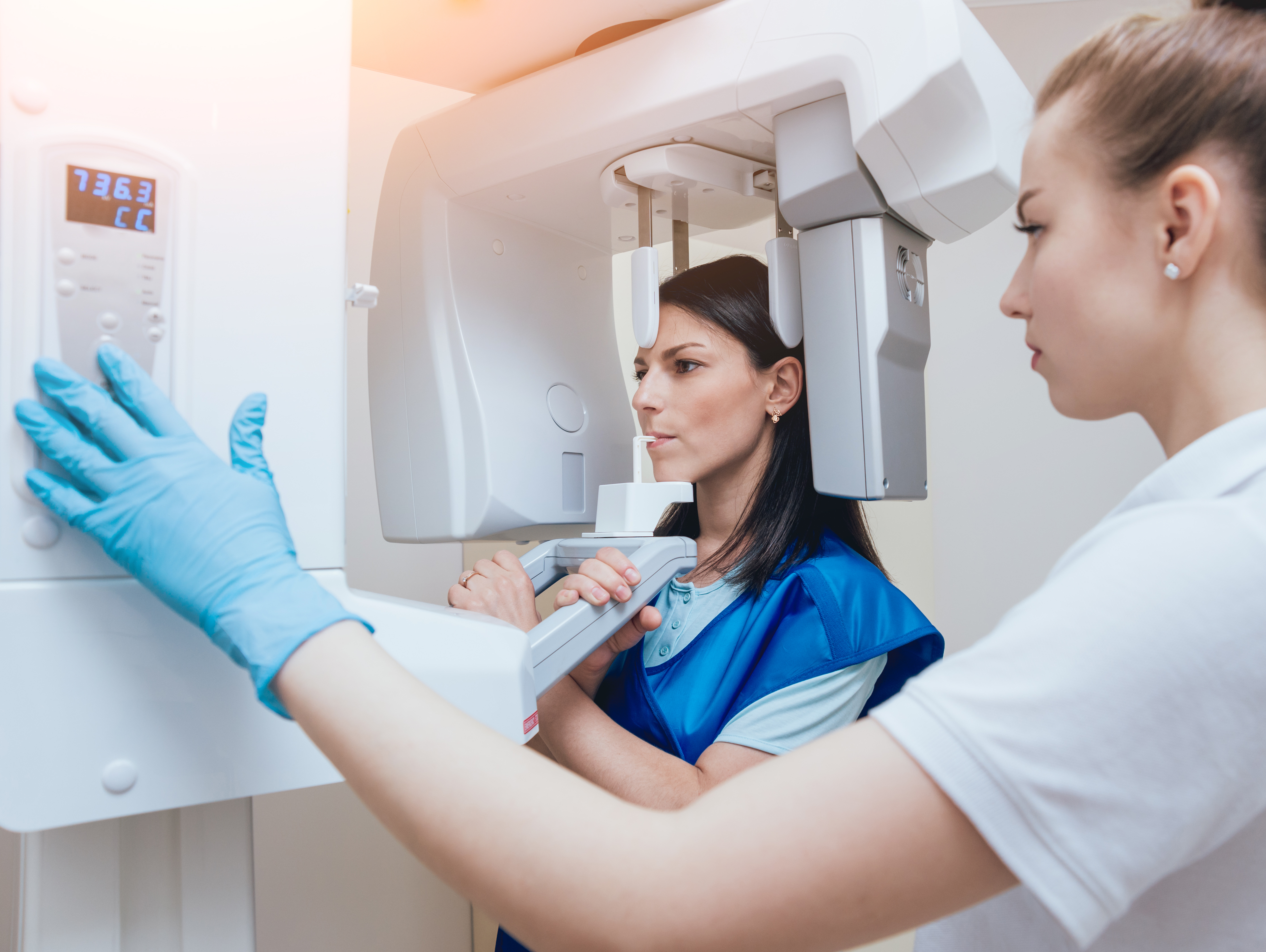
Recently a successful periodontist posed an interesting dilemma. “While my practice revenues have been increasing, my hygiene department has steadily declined.” Looking at his dental practice management procedures, it was apparent that his production had grown by placement of implants and graft procedures. The thought then occurred to him: conventional periodontal therapy had gradually disappeared. The cure for periodontal disease had become titanium!
The Titanium Revolution
After that discussion, the following story was related not once, but twice.
A patient came to our colleague’s practice as a new patient. He was 41 years of age, well-groomed and very articulate. He brought his most recent radiographs with him which unfortunately consisted of only four bitewing X-rays. His previous dentist had never taken a panoramic or full set of intraoral films.
After going over his medical history and taking a full set of radiographs, the hygienist explained that she would be performing a full periodontal charting. She gave him a description of what she would be doing, what numbers he should be listening for and, more importantly, the amount of bleeding with probing. He was curious about the periodontal charting and informed her that he had never had one performed before!
His oral hygiene was decent, and nothing looked alarming visually when she started the exam. Then her probe dropped into a deep pocket. She called out the number “nine” to the assistant recording the findings. The patient’s eyebrows shot up.
It was apparent there was a deep bony defect in this area. She knew that the doctor would recommend a referral to a periodontist for a surgical evaluation of the area, so she began prepping him for that recommendation by explaining what the periodontist might recommend.
Then the patient asked the question, “Can you explain to me how in nine years that I’ve been seeing my other dentist every six months, no one has ever performed that screening test or taken that sort of X-ray to find this problem?”
The truth is, there really isn’t a legitimate excuse that she could offer the patient. She really couldn’t explain why. Was he angry? Yes, he certainly was! Faced with potentially thousands of dollars in treatment to try to save his teeth, he had every right to be bitter about not being diagnosed at an earlier, less expensive stage of periodontal disease.
An Endless Cycle of Neglect
Patients put their faith in us as professionals every time they take a seat in our chair. They trust us to do the right thing and keep up on recent research as well as diagnostic and treatment recommendations in our field. They assume that if they had periodontal disease, they would have been told about it. Right?
How many of your patients receive a “routine prophy” while never having their periodontal condition evaluated? They are told that everything looks fine and are then scheduled for another “prophy” in six months. It’s an endless cycle of neglect.
So what does that mean to us as dental professionals and the quality of our dental practice management? It means that our practices and hygiene departments need to shift the focus from simply cleaning teeth to evaluating levels of periodontal disease. We are on the front line of diagnosing a problem that has a profound impact on a patient’s total health.
Are we as a profession stepping up to meet this challenge and shouldering this important new responsibility? Can you imagine your physician never taking your blood pressure to check for hypertension? Of course not! We expect our physicians to keep up with new research and treatment trends in health care. We should expect no less of ourselves in providing quality dental practice management manifested by quality dental care for our patients.
As a vital process in good dental practice management, we urge you to take a hard look at your hygiene department. Work together with your office team to make sure your patients have regular periodontal screenings performed. Find a periodontist who shares your philosophy of patient care, attend appropriate continuing education courses, and adjust your appointment times to allow for periodontal chartings and diagnosis.
Develop a written protocol for how your dental office will handle your patients’ periodontal screening and treatment. Develop a consistent diagnosis dialogue, complete with patient education tools, when presenting your findings. Are there regular periodontal chartings in the patients’ records? Are there notations about “watching” inflammation or pockets in our patient’s mouths? If so, these are clear signals that we aren’t living up to our legal and ethical obligation to our patients.
Remember, the cure for periodontal disease is not always titanium!
Henry Schein Professional Practice Transitions, Inc. is a national leader in dental practice transitions. A subsidiary of Henry Schein, Inc. they provide expert guidance for selling and buying dental practices, dental practice fees and management, assessing partnership and associate-ship opportunities, and performing dental practice appraisals and valuations.
